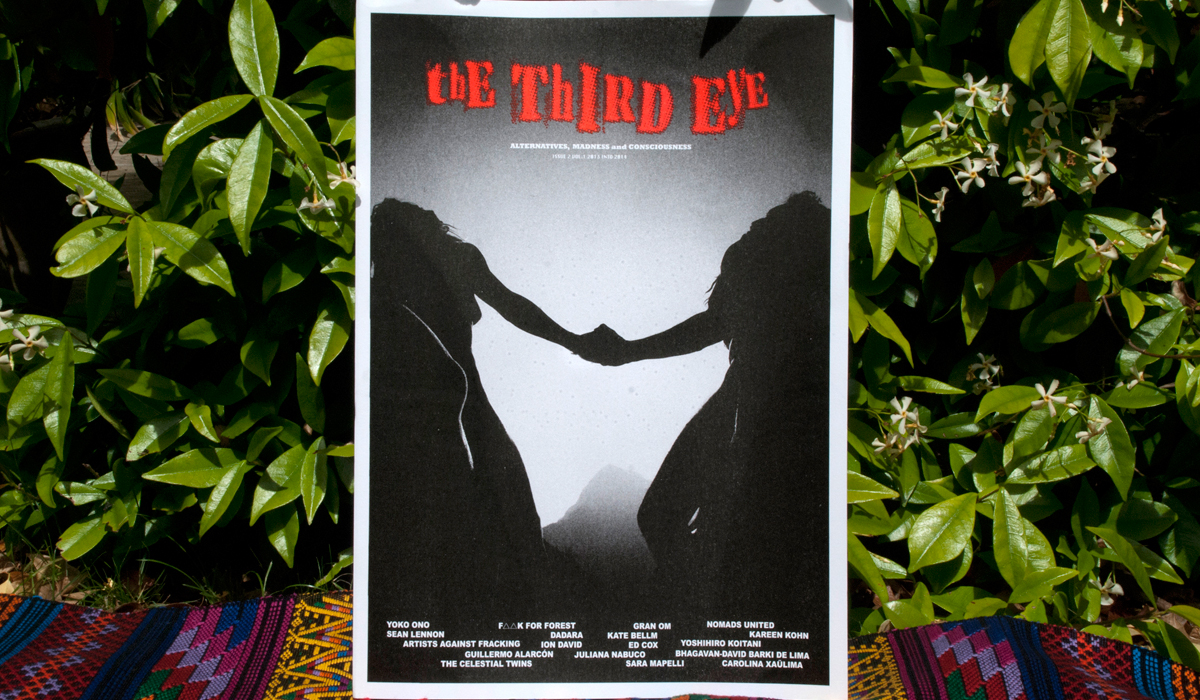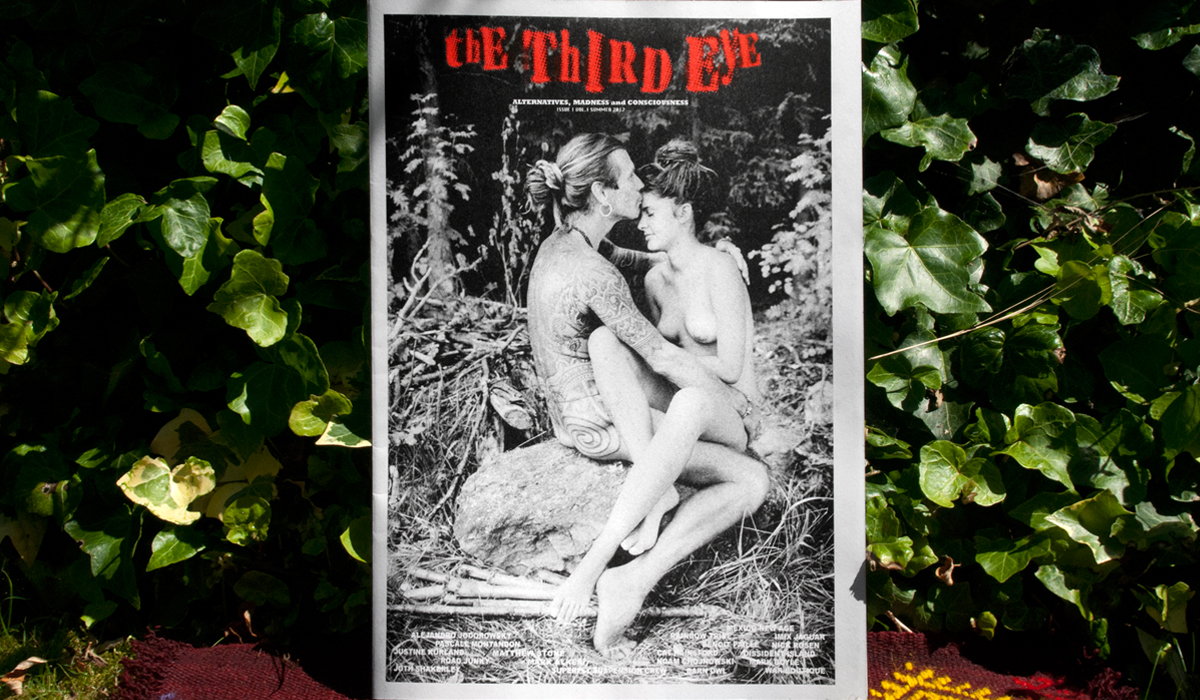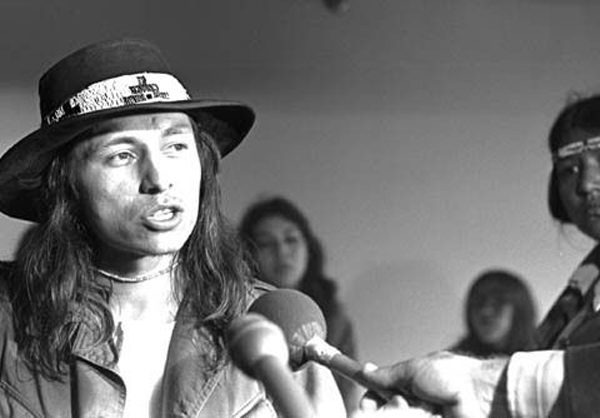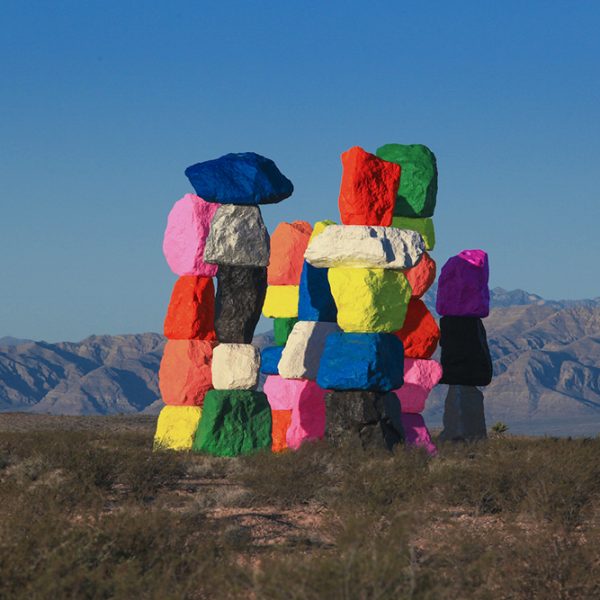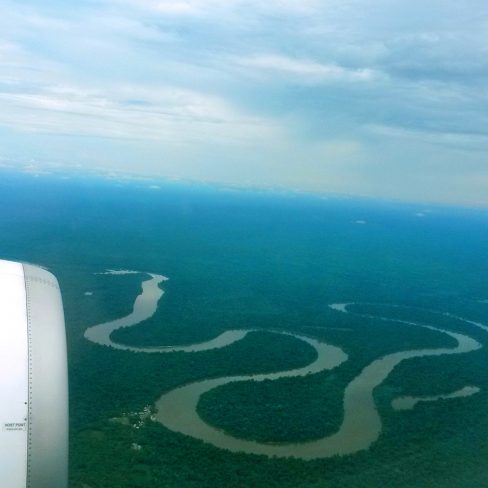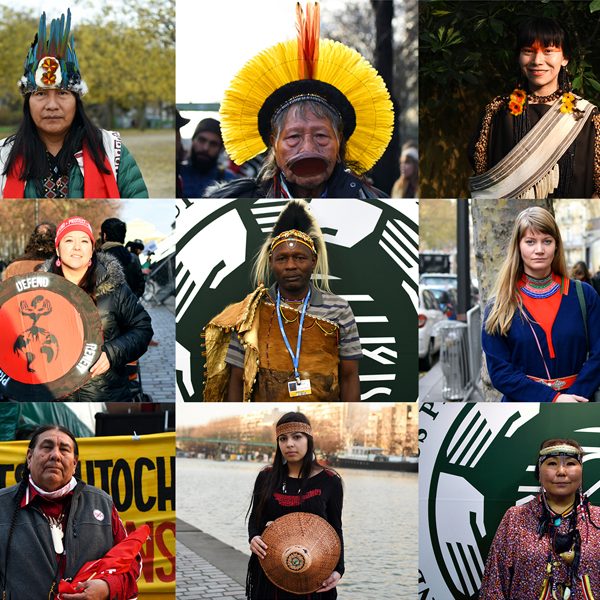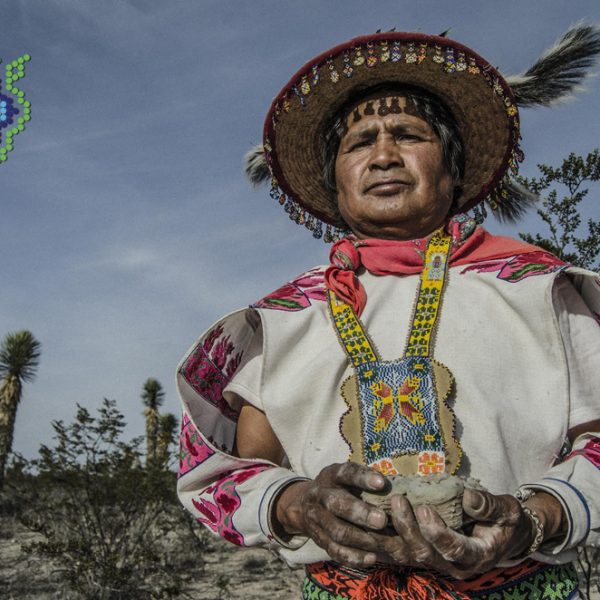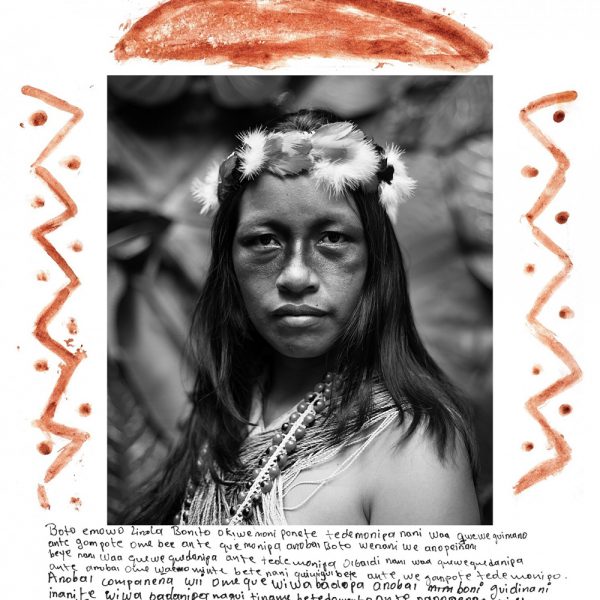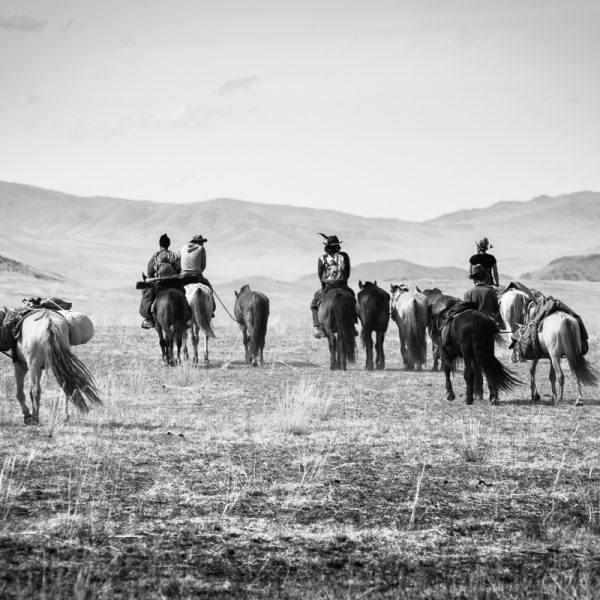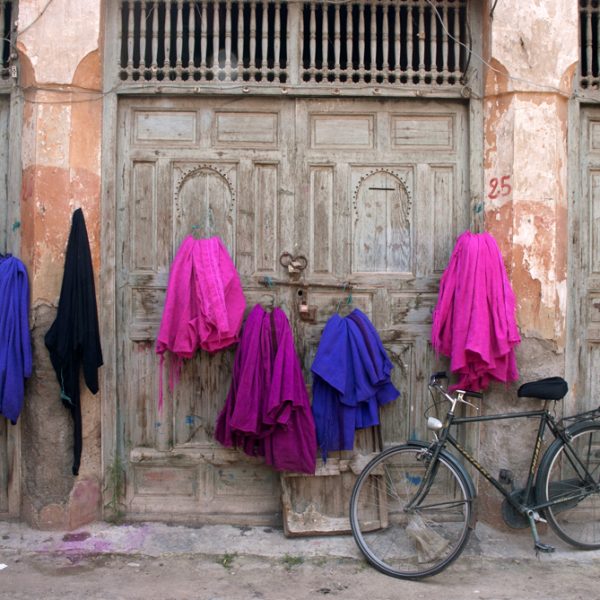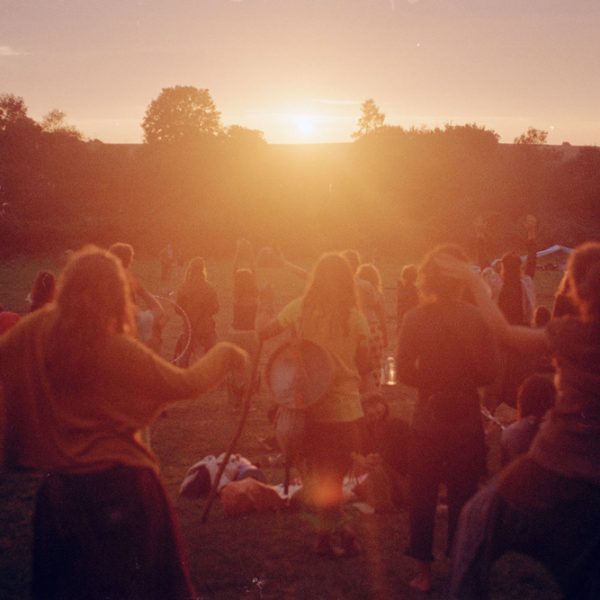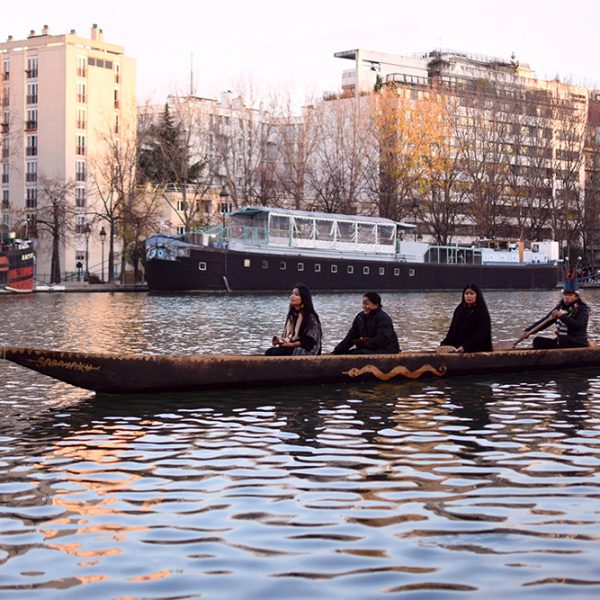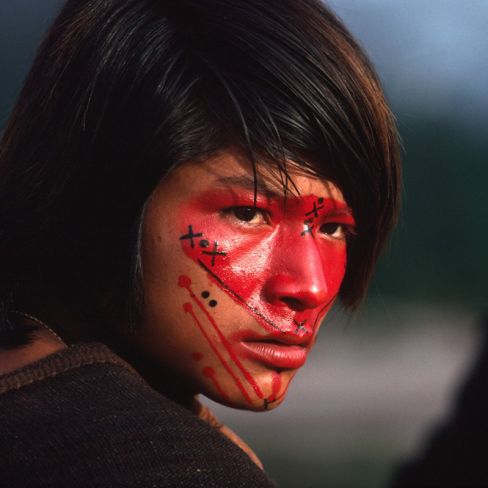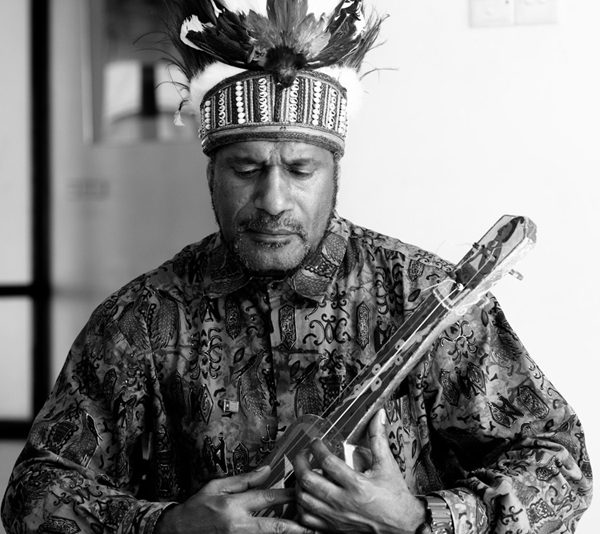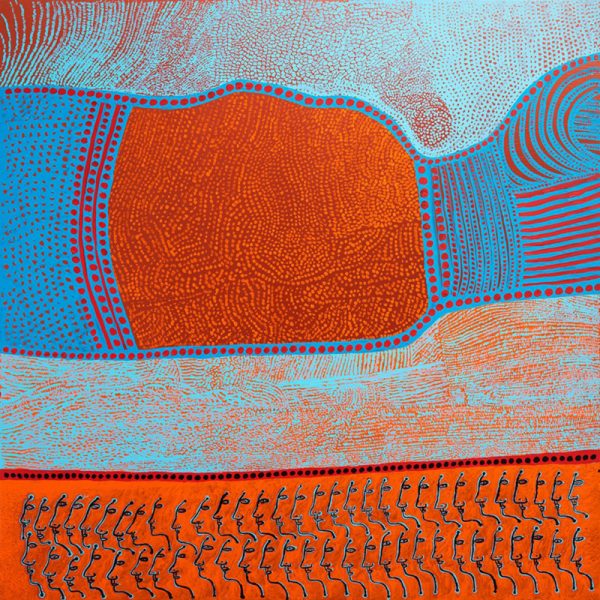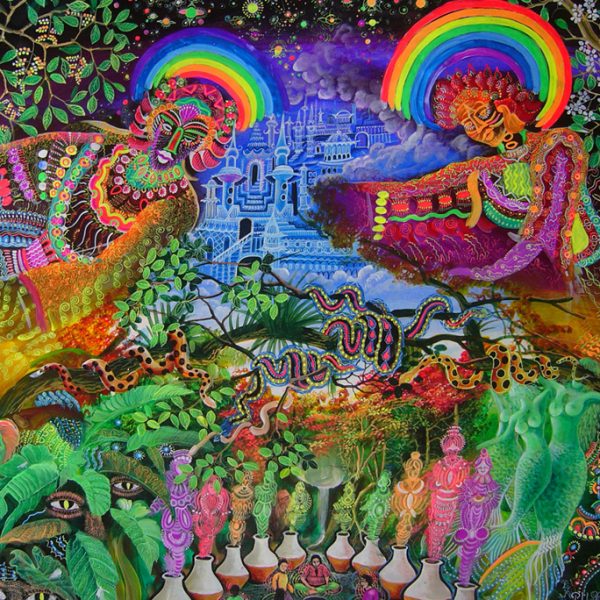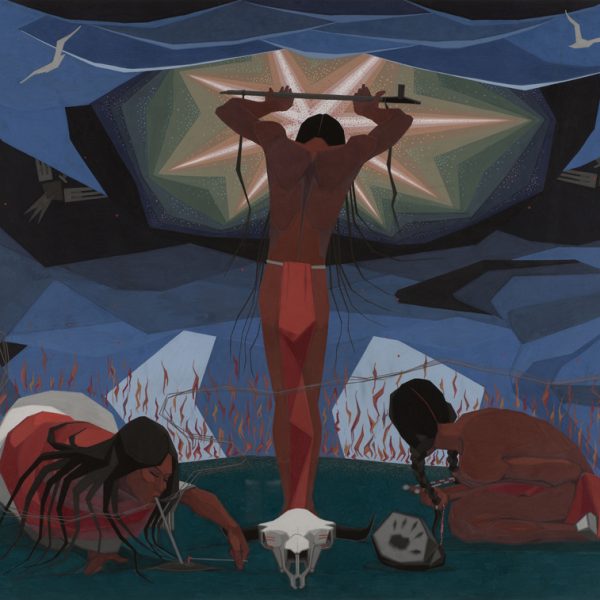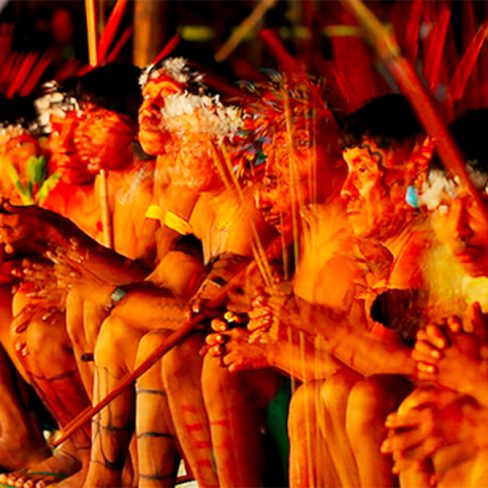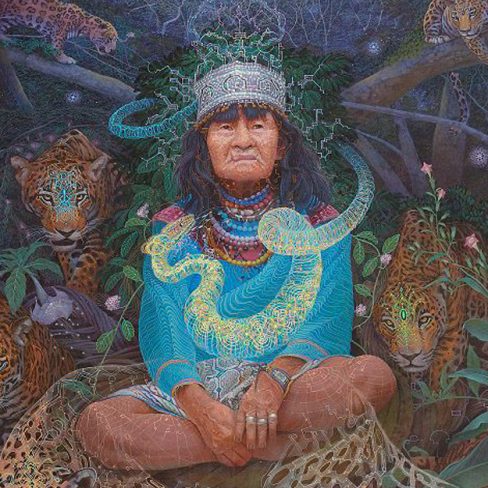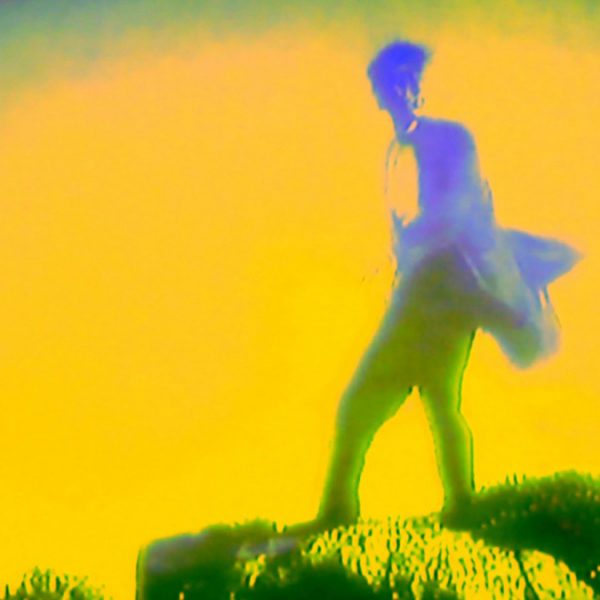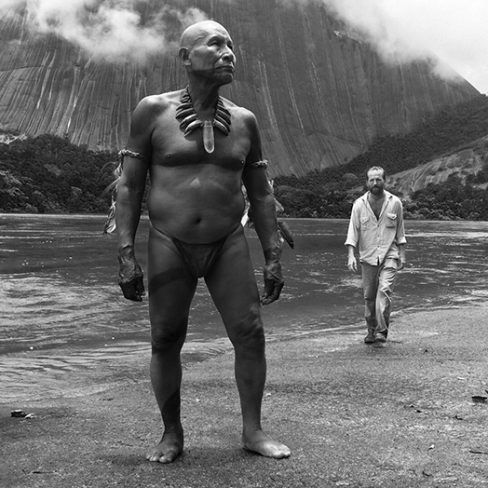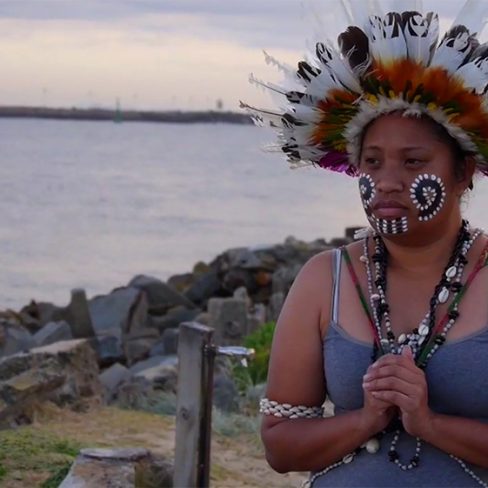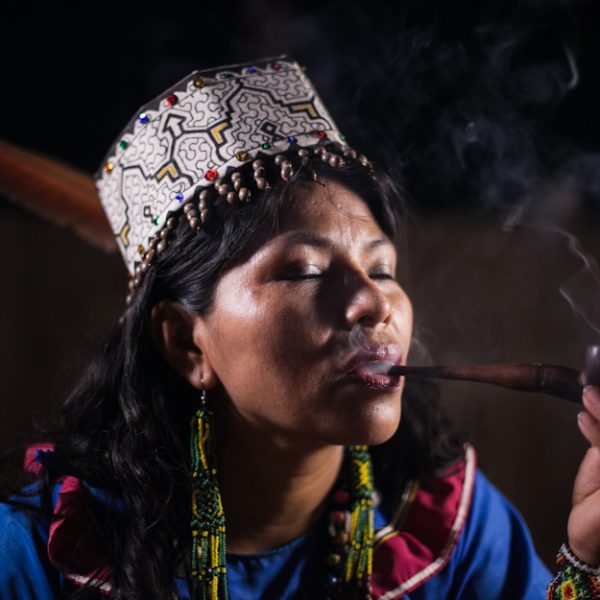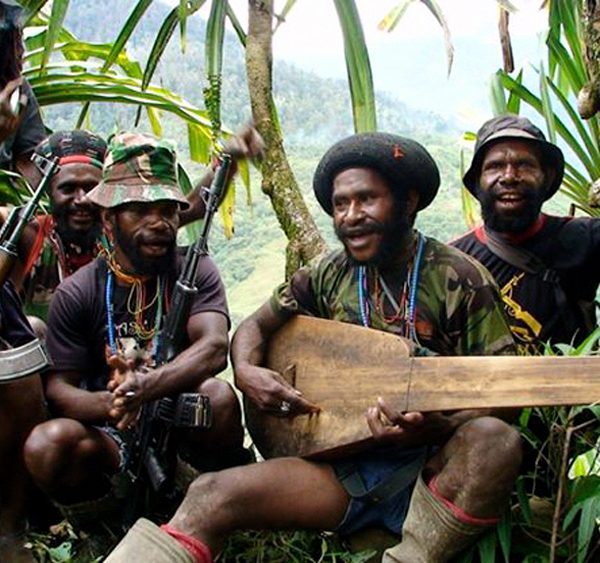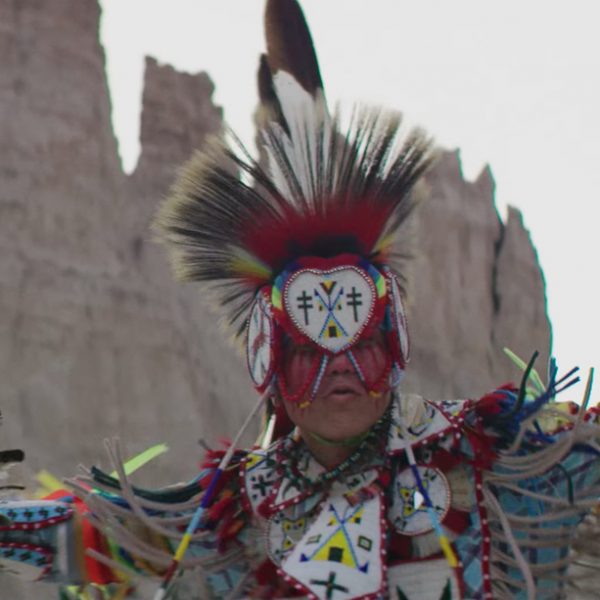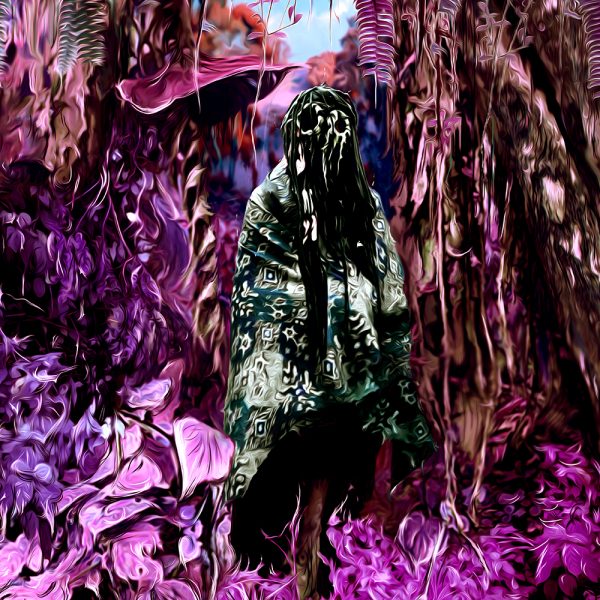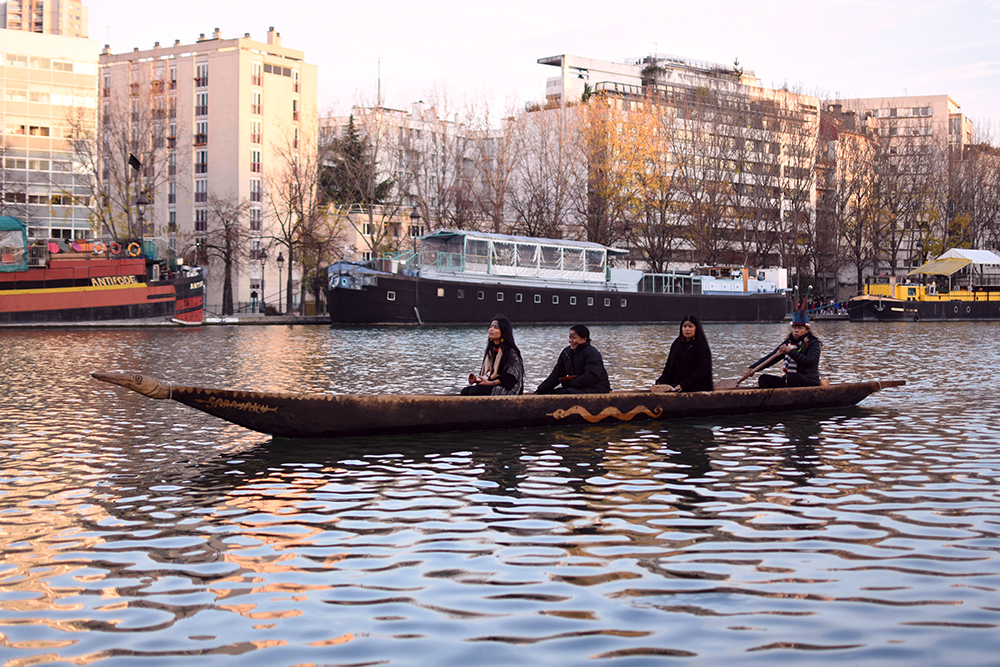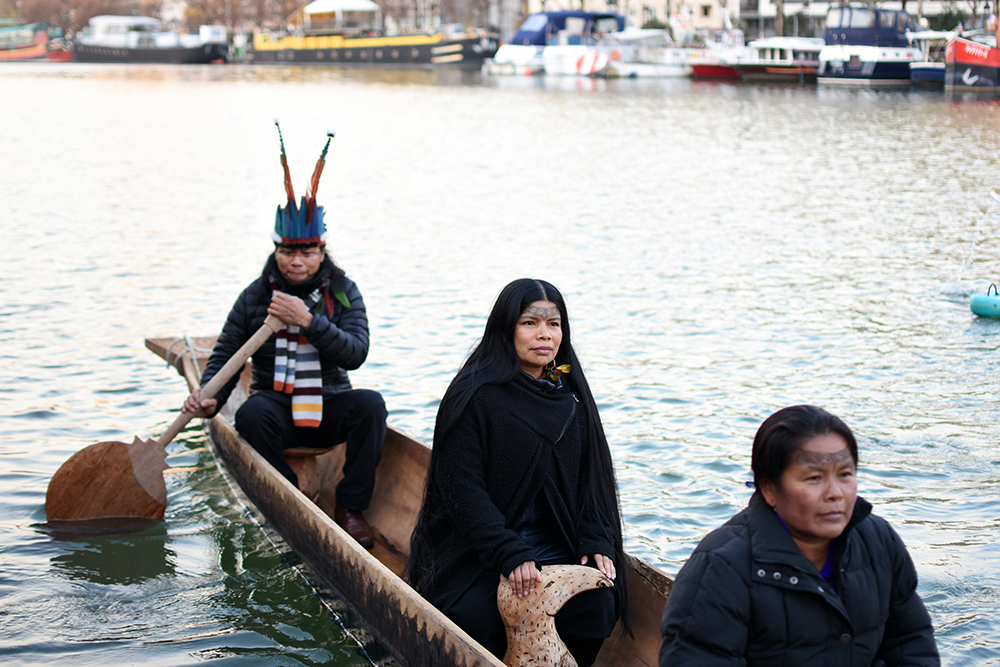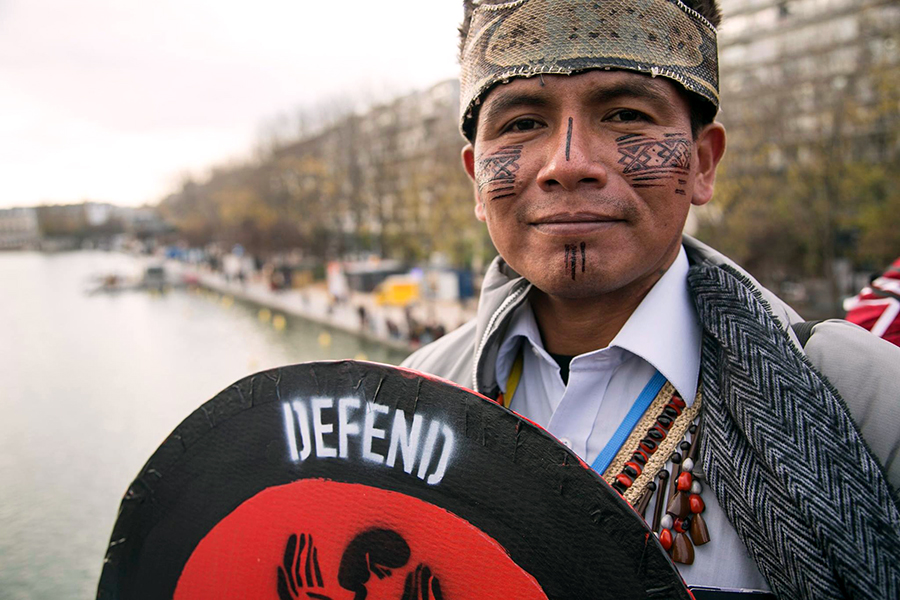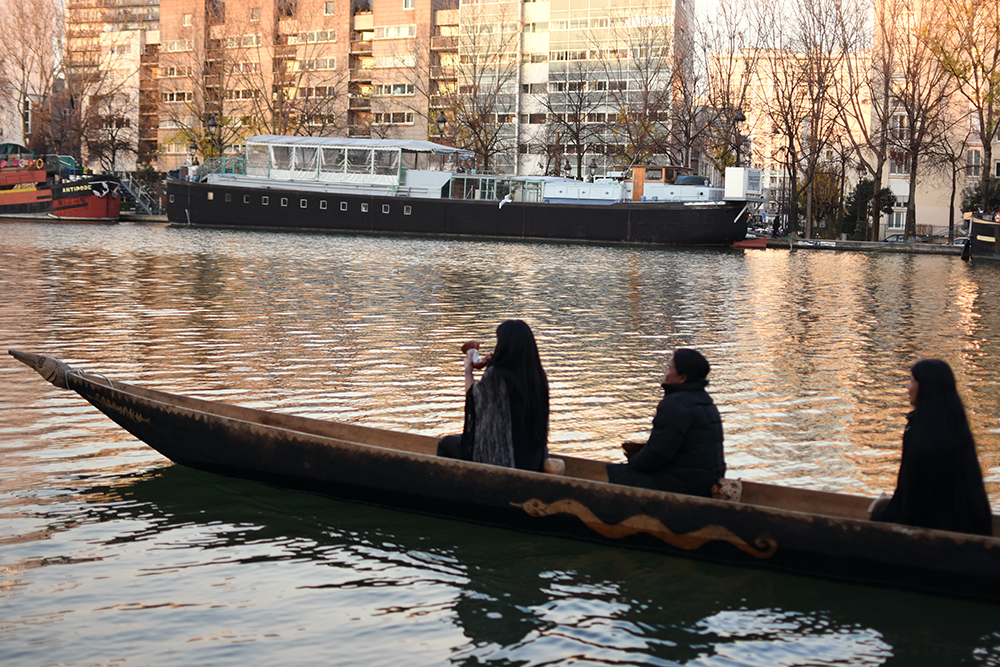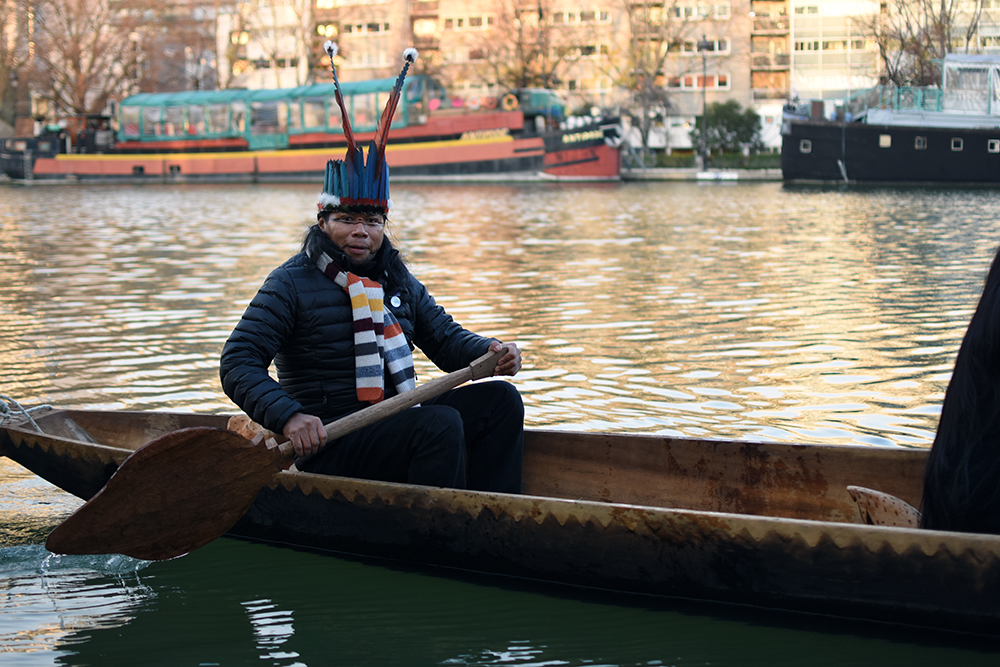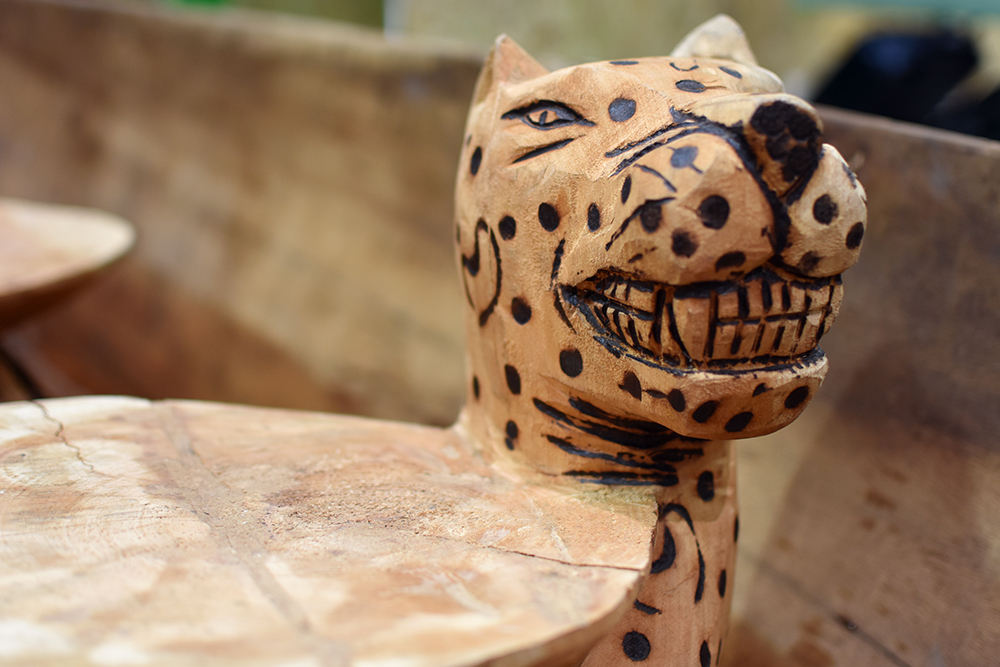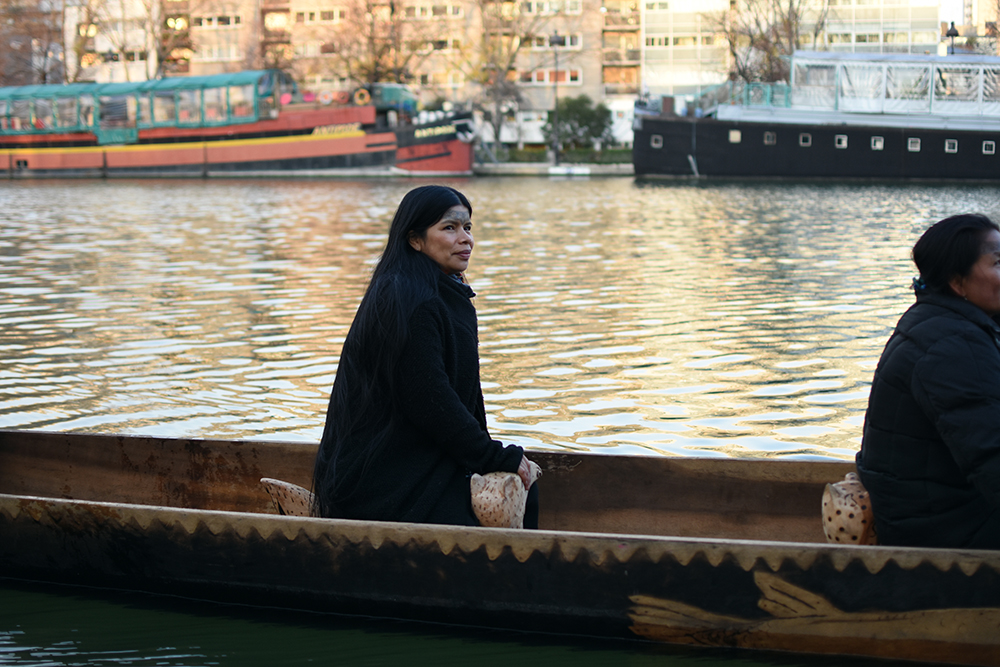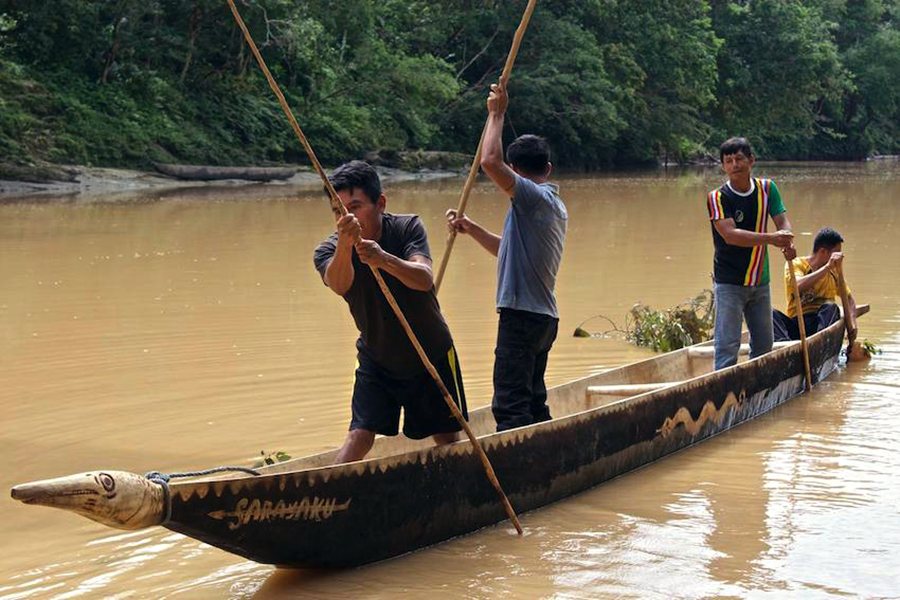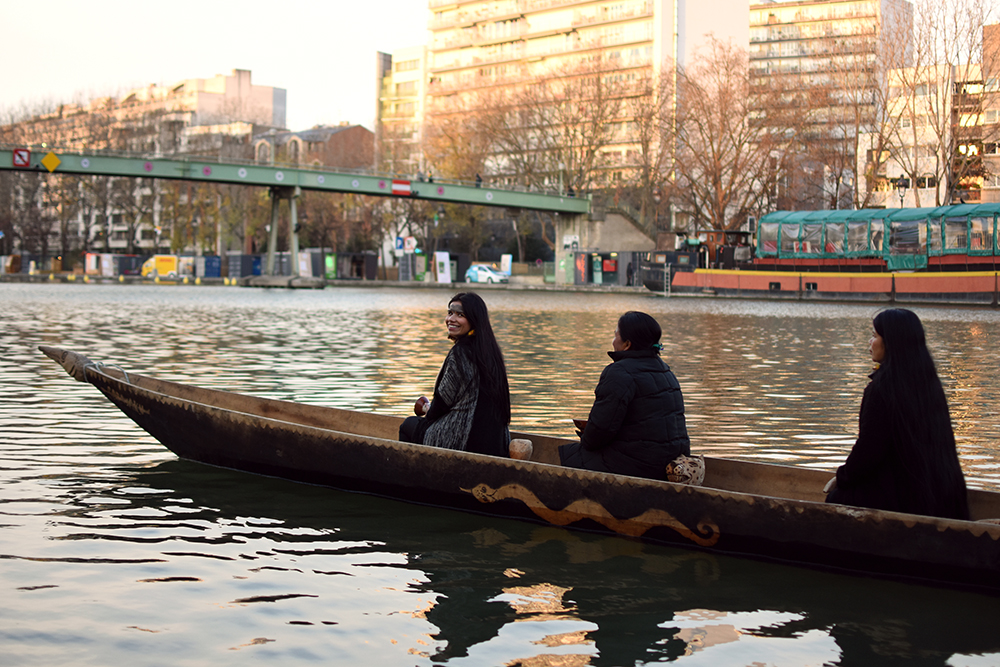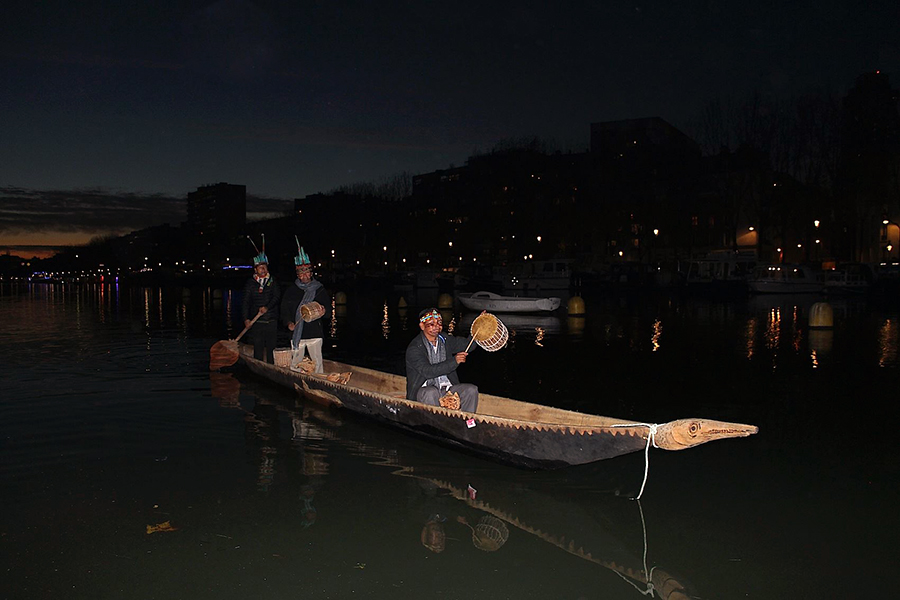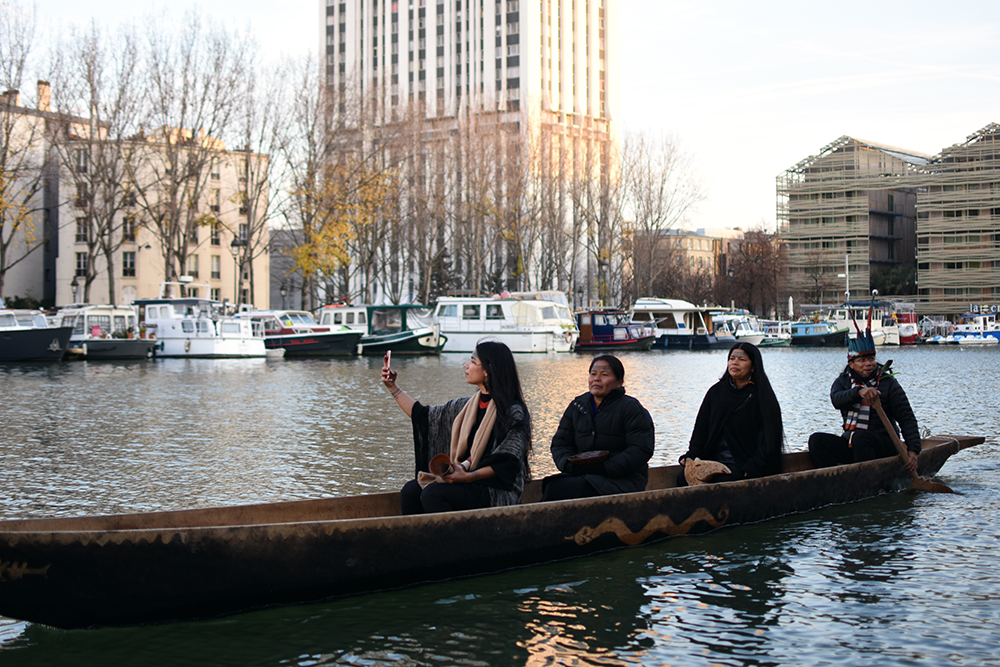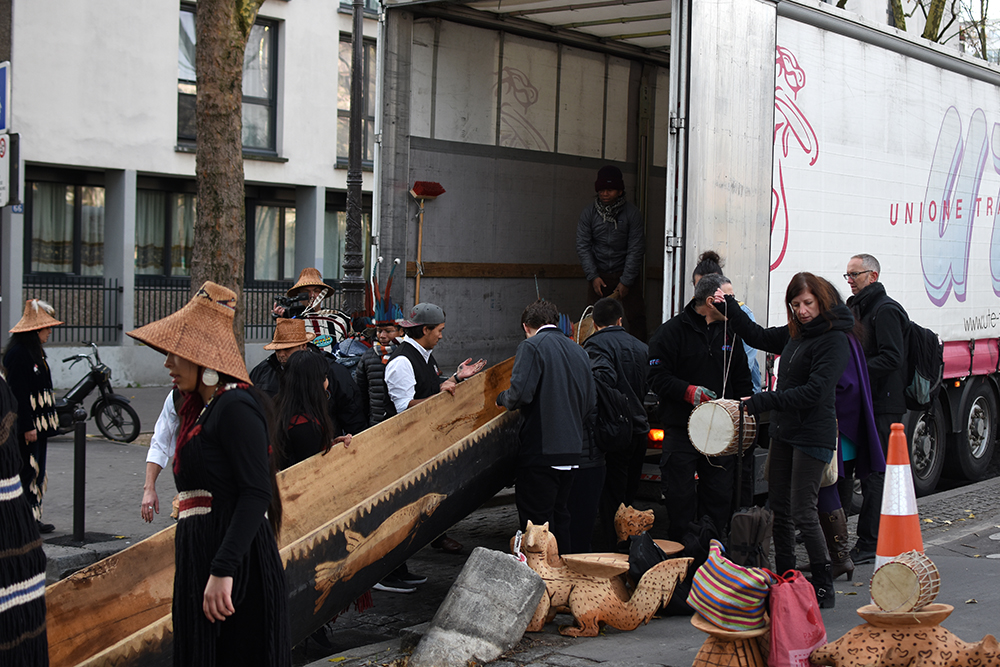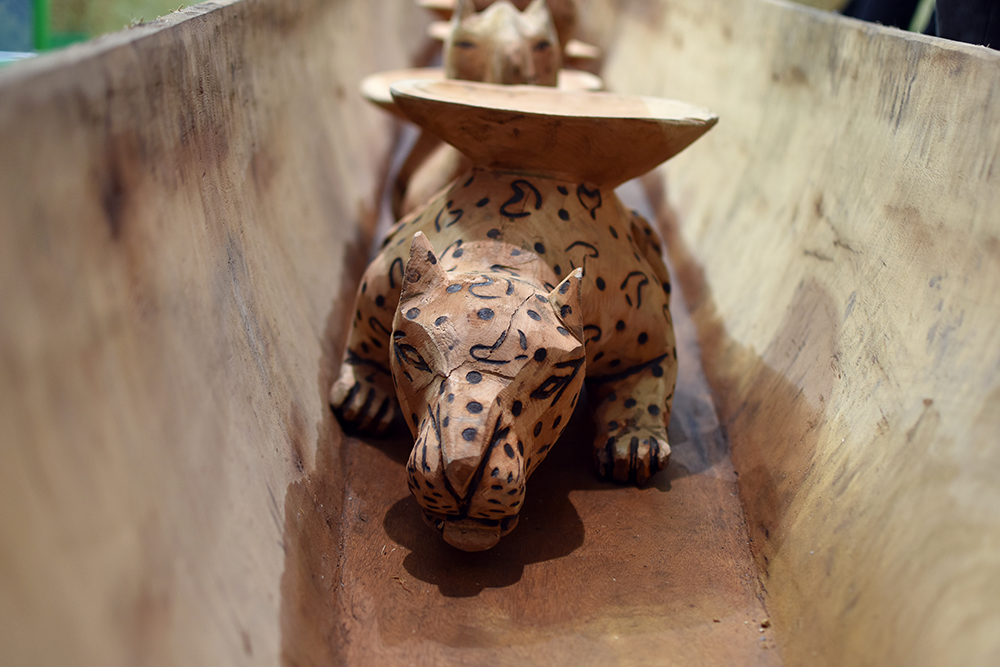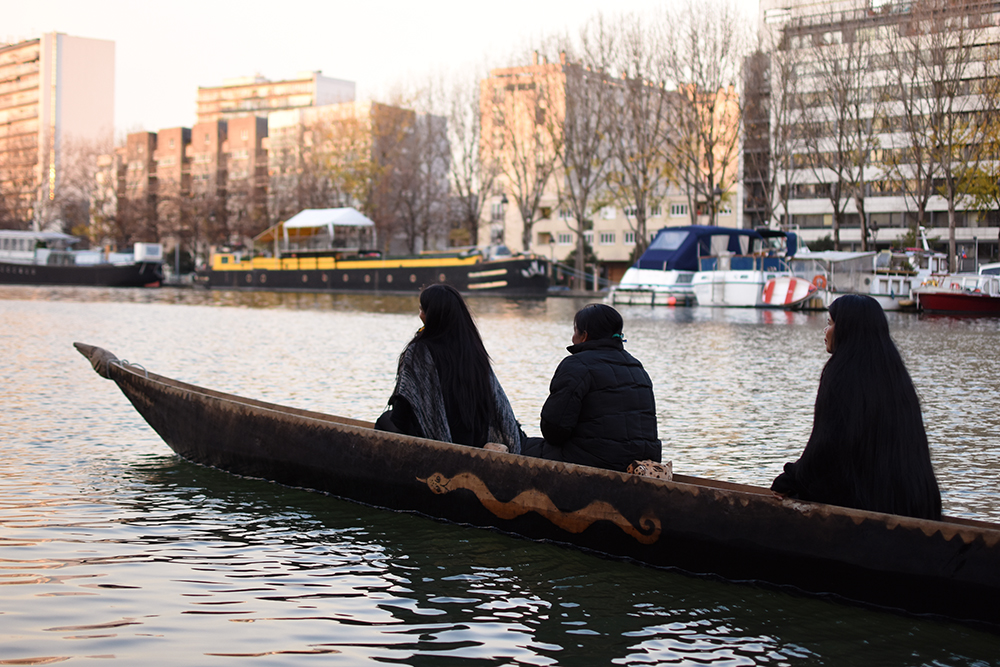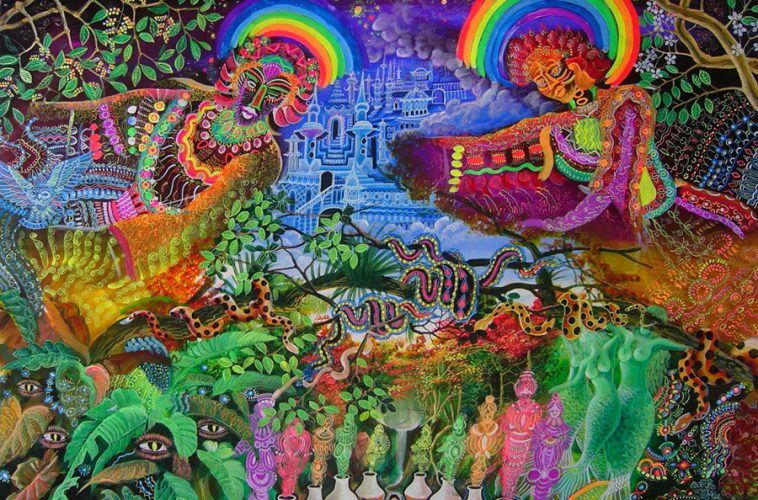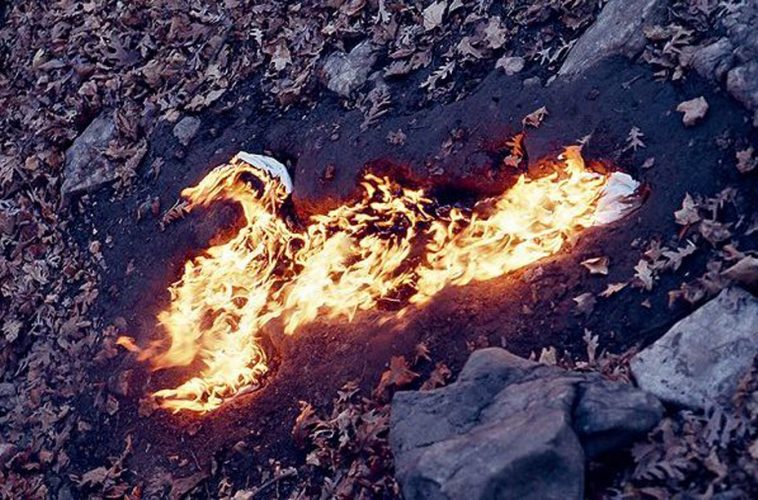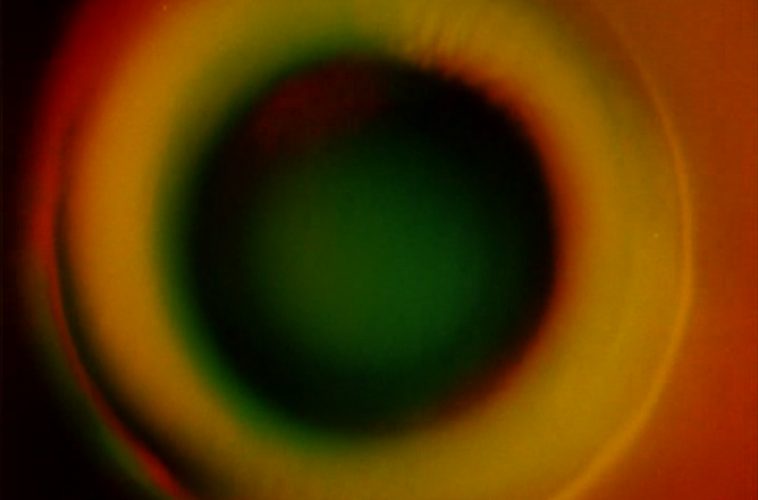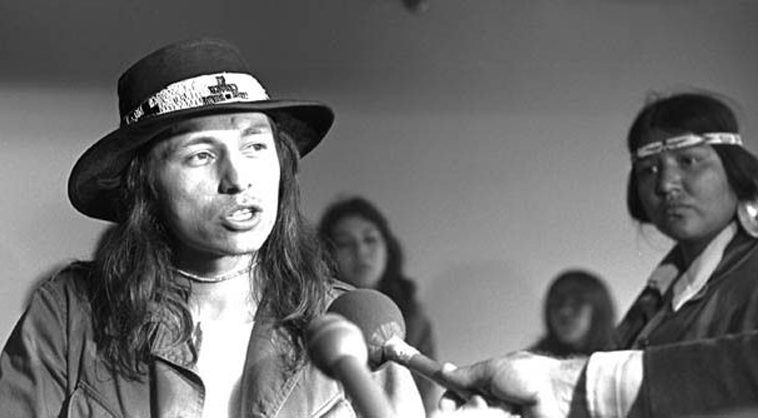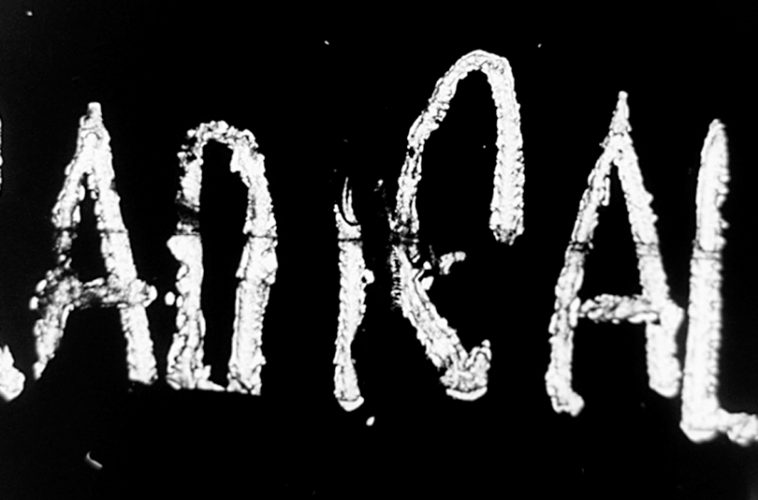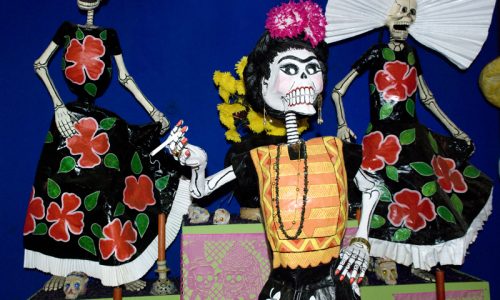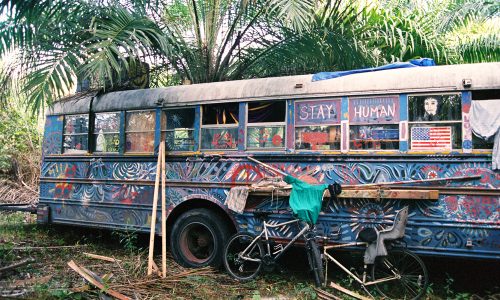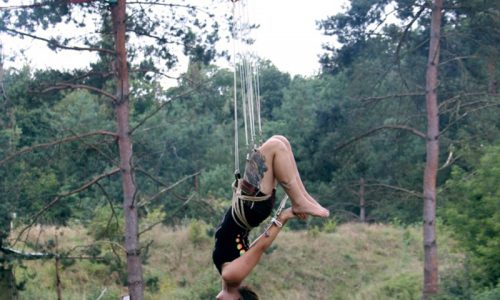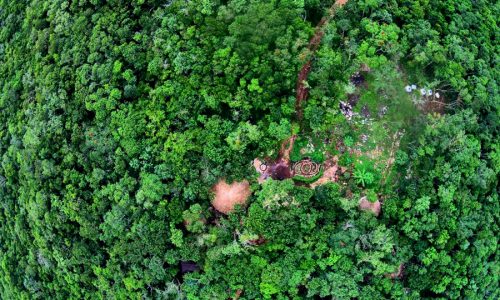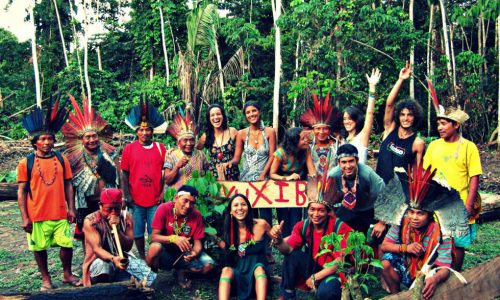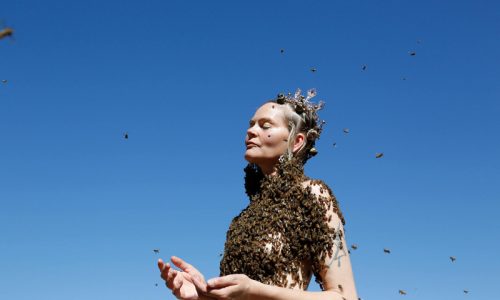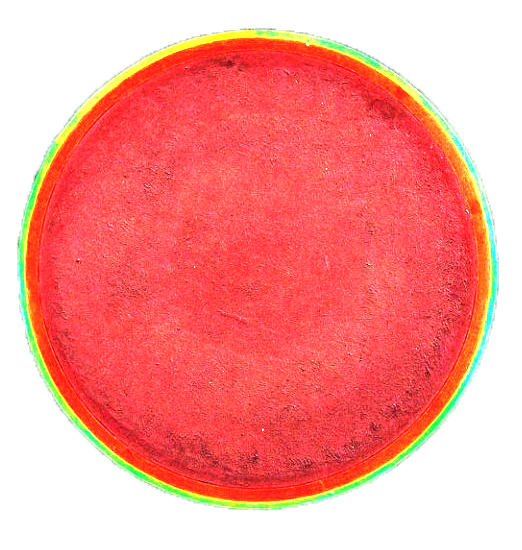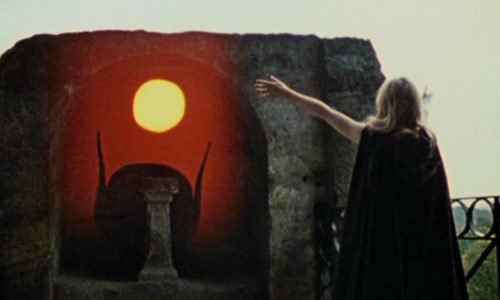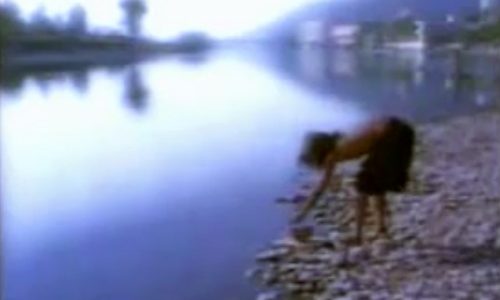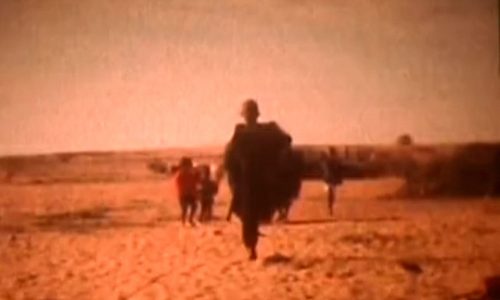AMAZONIAN TRIBE’S “CANOE OF LIFE” Brings A Message On Climate Change to Paris
The day the Kichwa of Sarayaku sailed down the Seine River to talk about their fight to defend the forest
9 Feb 2016
For the first time in history, an Amazonian tribe sailed down the Seine river in Paris in a handmade canoe, which had travelled an epic 10,000 km adventure from the heart of the Ecuadorian Amazon to share a message of life, peace and Indigenous rights with the world during the COP21 – and far beyond it.
Photography Sophie Pinchetti, Eriberto Gualinga & Amazon Watch
Text Sophie Pinchetti
The arrival of “Kindy Challwa” or “Canoe of Life” to Paris was celebrated by a sunrise ceremony on 8 December 2015 along the Canal de la Villette. Accompanied by a delegation of indigenous Kichwa representatives from Sarayaku in Ecuador, the Canoe of Life expressed the tribe’s vision of Kawsak Sacha, or “The Living Forest”, an Indigenous proposal delivered during the COP21 where world leaders from 195 nations were gathered to design a landmark agreement to combat climate change.
“Some 500 years ago the conquistadores came to our lands on boats, bringing devastation and death,” said President of Sarayaku FELIX SANTI to Amazon Watch. “Our canoe is a symbol of life and peace from the heart of the Amazon to show the world that our forests are still living and to tell those negotiating a climate treaty that indigenous rights and voices must be a fundamental part of any agreement that hopes to address climate change.”
“Some 500 years ago the conquistadores came to our lands on boats, bringing devastation and death,” said Felix Santi, President of Sarayaku. “Our canoe is a symbol of life and peace from the heart of the Amazon to show the world that our forests are still living and to tell those negotiating a climate treaty that indigenous rights and voices must be a fundamental part of any agreement that hopes to address climate change.”
Three months in the making and imagined by the Kichwa tribe over a year ago, the 30-foot long traditional wooden canoe was carved from a single cinnamon wood tree and inspired by the form of the pez colibri: a rare “hummingbird fish” that lives in the depths of Sarayaku’s black lagoons along with anacondas and the spirits of the forest that protect the Living Jungle.
The Canoe of Life echoes the message brought to Paris by many Indigenous peoples during the COP21: a call to respect nature’s rights and Indigenous peoples’ rights, and to implement real solutions to climate change such as officially recognising Indigenous territories – lands to be excluded from natural resource extraction like oil, mining, and logging.
While politicians have celebrated the outcome of COP21 as a grand diplomatic success, indigenous peoples and their allies have denounced the Paris agreement for its removal of human rights and Indigenous rights from the operative part of the final text.
“We are both contributing to climate change solutions by keeping the oil under our territories permanently in the ground and keeping our forests intact above ground” said PATRICIA GUALINGA, international representative for Sarayaku. “We are calling for a new definition and protection of forests – the Kawsak Sacha, or ‘living forest’ – that will ensure protection and recognition of critical primary forests like those in Sarayaku.”
Like most indigenous peoples around the world, the Kichwa community of Sarayaku is on the front lines of climate change. Calling upon the world community “to respect the Rights of Nature and of the Indigenous Peoples”, their proposal of Kawsak Sacha expresses a vision for deep systemic change and transformation. It is a vision for living in harmony with the natural world, based upon the knowledge of Indigenous peoples who have inhabited the Amazon for millennia.
“Our medicine people and elders have been talking about climate change for a long time. It’s only now that the scientists are catching up” said ENA SANTI, the women’s representative for Sarayaku. “We have seen our rivers go dry or abnormally flood. Recently, for the first time, hail fell in our community – in the middle of the Amazon. We are the ones that know what the earth needs, and we need world leaders to listen to us.”
Located in the Ecuadorian Amazon, the Kichwa Sarayaku territory extends over 300,000 acres of vibrant rainforest and was demarcated in 1992. But despite promises their land would be free from oil explorations, the Kichwa continue to fight the Ecuadorian government and foreign petrochemical companies who seek to exploit their land still today. A few weeks ago, Ecuador announced imminent plans to sign a contract with Chinese oil company Andes Petroleum to exploit nearly a million acres of the Amazon, overlapping Indigenous territories of the Kichwa of Sarayaku and the Sápara tribe.
“We are the ones that know what the Earth needs, and we need world leaders to listen to us.”
– Ena Santi, Kichwa leader
So the fight continues and The Third Eye stands in solidarity with these inspiring Warriors of Justice and Peace. Sign the petition to tell Ecuadoran Minister Rafael Poveda to listen to the Kichwa of Sarayaku and the Sápara: the Amazon is NOT for sale!
Check out Amazon Watch, the San Francisco-based NGO working with the Kichwa of Sarayaku and many indigenous and environmental organizations in the Amazon Basin, to defend the environment and advance indigenous peoples’ rights.
AND WHERE DOES THE CANOE OF LIFE GO NEXT? It is currently being stored at the Musee de l’Homme in Paris and will be exhibited at the Jardin des Plantes from March 21.
Great short documentary about the Canoe of Life from The Guardian and Amazon Watch. A film by Marc Silver.
“The canoe is going to represent not only our fight, but our culture, our nature, our solidarity as a people… this fight and this struggle is not only for us, but also for the rest of the world, because when we fight to protect the rainforest, we are also fighting so that other people in other places can continue living and breathing.”
– Nina Gualinga, Kichwa youth representative

